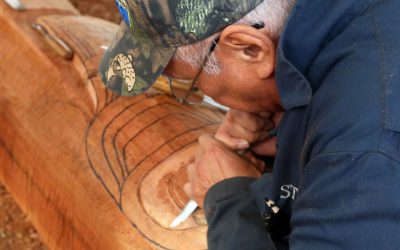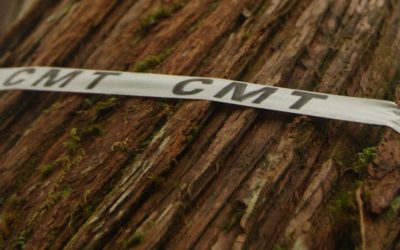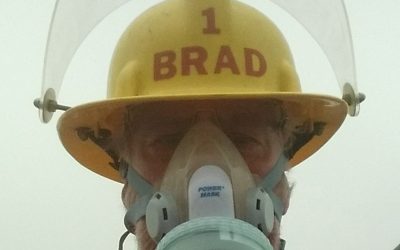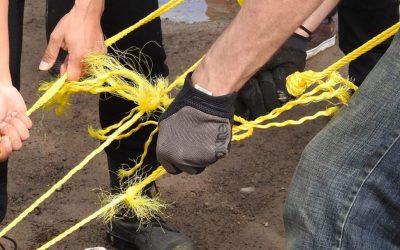ISSUE 1: WITNESSING
There’s something magical that happens when we bear witness. Without words or actions, a connection is made. Simply through our presence, we offer both recognition and affirmation of another’s struggles, achievements, even their existence. We do this just through standing by. Through holding space.
An example of this, one of national proportions, recently came to our small town of Smithers, British Columbia: Canada’s National Inquiry into Missing and Murdered Indigenous Women and Girls.
“The guy in the beluga suit is the head of a group of artists whose aim is to transcend the species boundary between human and beluga…” ~ Photographer Paul Colangelo. Read more…
STORIES IN THIS ISSUE
A Decade Later: Missing Women and the Media
Eleven years ago, the issue of the missing and murdered Indigenous women was just beginning to sound an alarm in the public sphere. The public’s exposure to it was kindled by a…
When a Reporter Stops Asking Questions (Q&A)
Trevor Jang is a Vancouver-based journalist who, last year, was assigned to travel across northern British Columbia and listen to its residents: a somewhat foreign and uncomfortable…
Carving a Niche in Hagwilget Village (AUDIO)
Under a timber-frame structure overlooking Hagwilget Canyon in Hazelton, British Columbia, master carver Ron Austin works alongside fellow community members Robert Austin…
Culturally Modified Trees: When the Forest Comes Alive
Sometimes, when your vocation is to walk through the forest and look for signs of the people who lived there, you find those signs watching you…
Threatened by Fire: Why Some Residents Stay
Even in moments of helplessness, there’s power in standing by, in watching the unthinkable. This summer, multiple wildfires burning out of control in the BC Interior…
Hooqwa: My Favourite Witsuwit’en Word
If you Google “headstone pull,” there are no results. Apparently, Google hasn’t met the Witsuwit’en, for whom a headstone pull has been an essential element of life for…
Connecting Research with People and Place
It’s still fairly recent, and relatively uncommon, for researchers examining culture to do so through the eyes of those they study. However, this is changing; increasingly…
Breaking Bread and Barriers (SLIDESHOW)
Food is like a doorway into any culture. When you meet someone you would like to know better, oftentimes you invite them to your table to break bread. When you travel…
Decolonizing BC’s Roadside History
In September 2016, a sign was unveiled just up the street from my home in Kamloops. It’s the kind of familiar sign that dots Canada’s highways, meant for motorists to pull over, learn…
THE POWER OF BEARING WITNESS
There’s something magical that happens when we bear witness.
Without words or actions, a connection is made. Simply through our presence, we offer both recognition and affirmation of another’s struggles, achievements, even their existence. We do this just through standing by. Through holding space.
An example of this, one of national proportions, recently came to our small town of Smithers, British Columbia: Canada’s National Inquiry into Missing and Murdered Indigenous Women and Girls. Setting aside the bureaucratic muck that has weighed down the hearings process—creating greater stress on those who, as they prepared to bare their most vulnerable memories, found themselves amidst the upheaval of miscommunications and inefficiencies—let’s talk about the spirit of the hearings: the community members who came, who shared, who heard. Those of differing social and cultural backgrounds joining one another in grief and condolence. Those who came to bear witness. To be. To offer the strength we all need at one time or another.
When we can’t bear witness in person, we rely on the media to do it for us. In her piece A Decade Later: Missing Women and the Media, Concordia University communications professor Yasim Jiwani reflects on the progress we’ve made with regard to media portrayals of the disappearance and “femicide” of Canadian women in the 11 years since she co-authored a research paper on the same topic.
Similarly, Culturally Modified turned the Q&A tables on Vancouver reporter Trevor Jang, who recently travelled northern British Columbia with an unprecedented assignment: to simply listen. In When a Reporter Stops Asking Questions, Jang reflects on the voices that often go unheard in the media—the ones with the most interesting stories to tell.
Joanne Hammond’s Decolonizing BC’s Roadside History also turns storytelling on its head, taking a new perspective and adding some dark humour to the green stop-of-interest signs that line BC highways—the ones we often take for granted, along with their colonial messaging. The ones that bear false witness to the province’s history and who we are as a people.
In this issue, you’ll also find stories of witnessing a traditional First Nations’ event that has survived the constraints of colonialism; you can listen to a master carver tell his tale as he works on a totem pole in northern BC; find your way to a new culture through the stomach; hear from residents who chose bearing witness over fleeing this summer’s wildfires; consider what it means to just be rather than do when conducting research; and take a moment to think about who might be witnessing us—the past generations that remain embedded in the culturally modified trees of BC’s Interior.
Culturally Modified, itself, was born to bear witness. Cultural resource management is a rapidly changing industry. Like anything in flux, there needs to be a forum for interdisciplinary discussion, somewhere to share information and keep tabs on its evolution. While working together at Crossroads CRM, we combined our skills and were inspired to fulfill the need for just such a dialogue. It’s the result of that inspiration that you’ve just pulled up on your screen.
We encourage you to scroll through the offerings of this issue, Issue 1: Witnessing, where we share research, stories and experience intended both for those within the field of cultural resource management and those with a passing interest in culture and all it entails. Culturally Modified is an opportunity to explore the spaces between academic discourse, industrial development, environmental conservation and Indigenous perspectives. It celebrates the diversity and explores the full spectrum of cultural resource management, in both its tangible and intangible forms.
As you read the words, listen to the stories and take in the images, we encourage you to just be present. To observe. To absorb. There is nothing to be done here, no judgement to be passed. There is just your witnessing. We’re glad you’re here.








